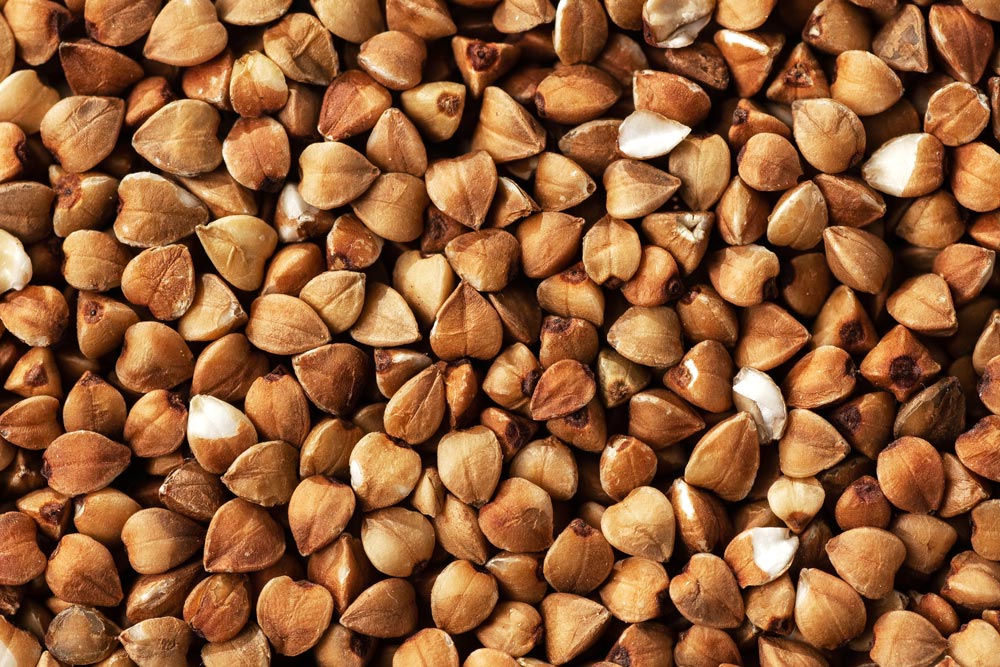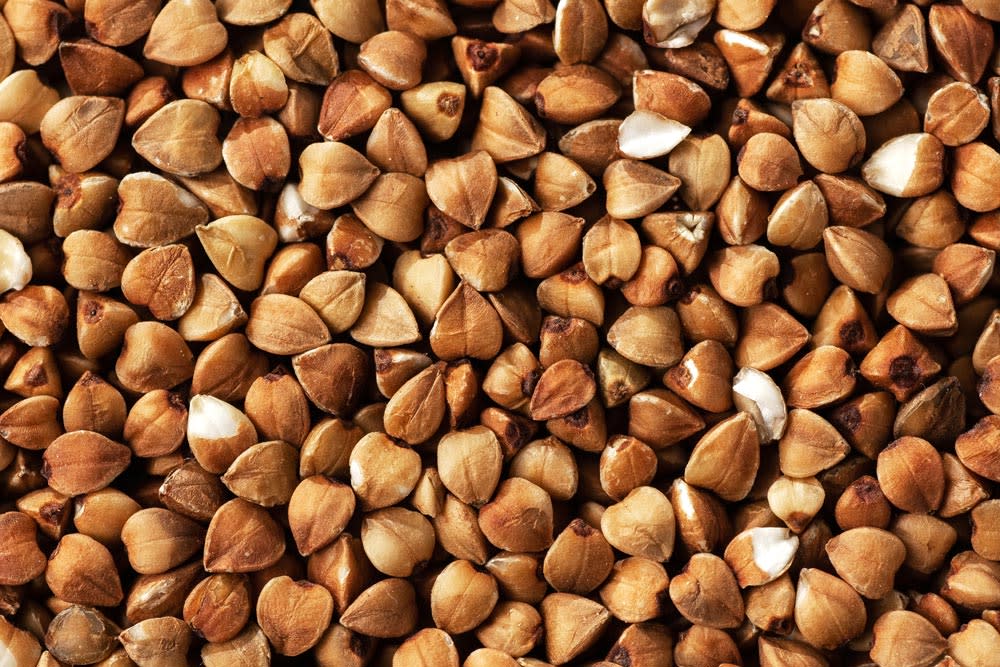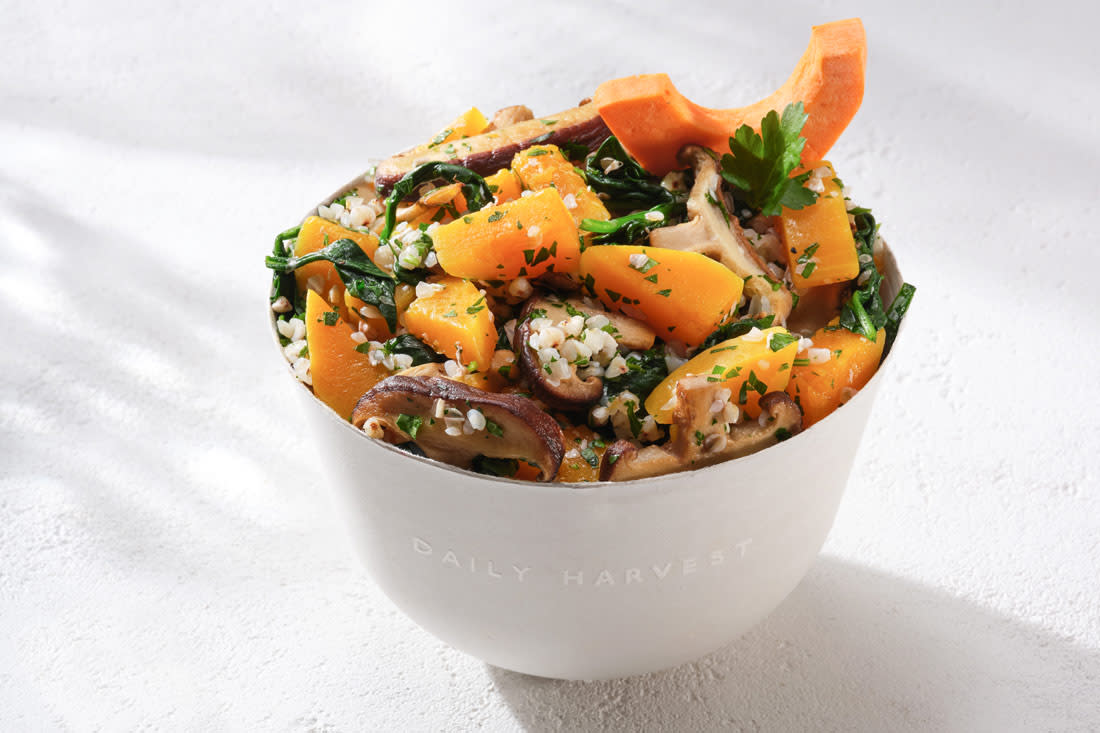-
Ingredients
- What is Buckwheat? The Answer May Surprise You
What is Buckwheat? The Answer May Surprise You
The difference is in the makeup – wheat is a grain; buckwheat is a seed, and like its pal quinoa, buckwheat is part of the "pseudocereal" family - a group of foods we eat as if they were grains, but grains they are not.

What is Buckwheat?
Well, it is right there in the name, so buckwheat has to be a special type of wheat, right? Not quite. The difference is in the makeup – wheat is a grain; buckwheat is a seed, and like its pal quinoa, buckwheat is part of the "pseudocereal" family - a group of foods we eat as if they were grains, but grains they are not.
Buckwheat groats (literally the same thing as plain old buckwheat – the term groats just means it's the hulled seeds of the plant) can be ground into flour (buckwheat pancakes, anyone?) and are naturally gluten-free. Translation: buckwheat is an excellent option for those who can't jam with gluten.

Buckwheat Benefits
Buckwheat does a lot of good for both people and the planet. One serving (about ¾ cup cooked buckwheat) offers five grams of protein and four grams of digestion-supporting fiber. Buckwheat is also rich in copper, a mineral needed for nervous system function, and it’s a good source of magnesium, which is needed for energy production.
Thanks to the ecosystem-building services it provides (I.E. creating a habitat for pollinators), growing buckwheat can lend a hand when it comes to planetary health too. It grows quickly, can thrive in poor soil, it naturally suppresses weeds through shading and competition, and it can help make soil minerals like phosphorus more available for next season’s crops.
Because of this, buckwheat is often grown as a cover crop between seasons and it makes a good first crop to help rejuvenate over-farmed soil.
Buckwheat Recipes
With its chewy bite, hearty texture, and mild flavor (making it versatile enough to level up any dish), buckwheat brings a satisfaction factor to whatever meal it shows up in. Plus, it's packed with ample fiber and protein. See how you can easily use buckwheat in recipes throughout your day.
At breakfast, think of buckwheat as your blank gluten-free canvas à la oatmeal but with a twist. Cook your buckwheat with your preferred milk (skip the water), scoop it in a bowl, and top it off with your favorite toppings (we love fruit, nuts, seeds or coconut). In the mood for pancakes, quickbreads or muffins? Use buckwheat flour. Your gluten-free friends will thank you.
When lunch time rolls around, buckwheat can star in a hearty salad, or be used as a base for a veg-packed “grain” bowl. If you’re pressed for time, buckwheat shines in the uber delicious Daily Harvest Butternut Squash + Chimichurri Harvest Bowl.

With its good for you and good for the planet properties, buckwheat is something like a super seed here to save the day. What can we say? Not all heroes wear capes.
We take care of food so food can take care of you. Stock up on our deliciously nourishing buckwheat best sellers at at daily-harvest.com.
Important Notes: Unless otherwise noted, nutrition information is sourced from USDA FoodData Central and reflects the reference amount customarily consumed. These are standardized servings and not necessarily the amount present in the highlighted Daily Harvest recipes. Nutrition information for Daily Harvest products can be found on packages and under "Nutrition Facts" for each product at "dailyharvest.com". Vitamin and mineral functions are sourced from Linus Pauling Institute Micronutrient Information Center.














